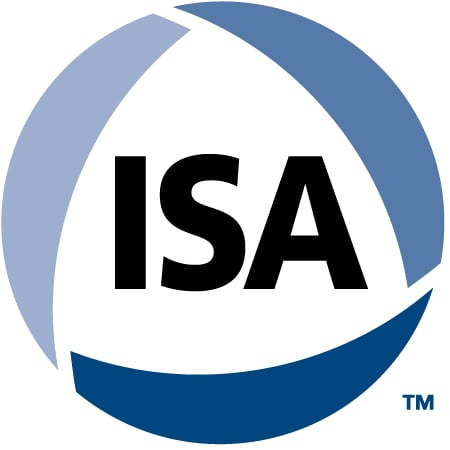This post was written by industrial security expert and ISA99 Committee Co-Chair Eric Cosman.
The disciplines related to science, technology, engineering, and mathematics (STEM) continue to evolve in response to new technology, economic and societal trends, and changing demographics. One of the most significant opportunities is developing and supporting a workforce that can respond and adapt to changing needs.
Depending on the industry sector, the automation profession attracts people from several engineering disciplines. It includes people who are new to the profession and those with extensive experience. Workforce development programs must address the needs, expectations, and constraints of this diverse group.
The practice of automation has expanded beyond the application of sensors, instruments, and related technology to monitor and control process and machine conditions to include related specialties, such as modeling, complex control, and data analysis and process safety. In addition to the engineering and automation-related specialties, automation professionals commonly need some experience in information technology (IT) and networking. As a result, an automation professional must have some competency, if not demonstrated expertise, in a wide range of subjects, some of which are not directly related to the automation of the process or equipment under control. One such subject is industrial cybersecurity, which continues to be an area of intense interest in light of new and changing threats and vulnerabilities and reports of attacks. The business drivers for improvements in this area have been well defined, as have the implications for related areas such as process safety.
Effective workforce management also requires a structured method for describing these competencies. The Automation Federation has assisted the Employment and Training Administration of the U.S. Department of Labor to develop competency models for cybersecurity and automation. They describe what a person needs to know and be able to do to perform the tasks required, in terms of knowledge, skills, and abilities.
The intent is for the models to help individuals prepare for job opportunities, to aid existing professionals in attaining the knowledge and skills for improving job performance, and to help academic institutions update their curriculum to incorporate the course work necessary to prepare students to enter a professional field.
The automation competency model describes a set of competencies in terms of the following tiers:
- personal effectiveness competencies
- academic competencies
- workplace competencies
- industry-wide technical competencies
- automation technical competencies
- occupation-specific knowledge areas
- occupation-specific technical competencies
- occupation-specific requirements
- management competencies
The list of competencies is not static, and new or changed automation-related specialties often require specific competencies, many of which may not have previously been included in a traditional engineering curriculum. Educational institutions have responded by developing curricula and programs for hybrid disciplines, such as computer engineering, but the knowledge and skills gained in a formal education are no longer a sufficient basis for a technical career. Lifelong learning is necessary to adapt to changing expectations and business demands. ISA addresses these needs with a comprehensive portfolio of training courses, standards, technical publications, and events.
Automation-related competencies include skills that may be adapted or borrowed from other professions or disciplines. Cybersecurity is a specific example where there is a blurring of the lines between engineering and information technology–related skills. Many have written about this under the heading of “IT/OT convergence.” IT refers to the traditional business-oriented solutions, while OT refers to the application of information technology in an operations context (including automation). This convergence and the need for additional skills and expertise to design, deploy, operate, and support industrial control systems (ICS) adds complexity to workforce development.
Experienced professionals may find that they do not have certain skills required to apply newer products and technology. They may require assistance from other experts in some aspects of ICS design and configuration, such as network design and configuration or cybersecurity. Regardless of who provides the skills, the increased attention given to these infrastructure technologies may result in correspondingly less focus on tools and methods used to automate the process.
The complexity of modern automation systems, the increased level of connectivity required for systems integration, and the deployment of more and smarter devices (i.e., Industrial Internet of Things) requires more partnership and collaboration with other disciplines. Establishing and nurturing such partnerships are important “soft skills” required of the modern automation professional. Educational curricula, professional development, and training and certification programs must adapt to reflect this reality.
About the Author
Industrial security expert Eric Cosman has more than 35 years of experience in the development, delivery, management, and support of operations information technology solutions in the process industries. During his career his assignments and responsibilities have included process automation systems development, communications network design, functional and technical architecture design, and technology lifecycle management. He retired as an operations IT consulting engineer with the Dow Chemical Company.
A version of this article also was published at InTech magazine.




